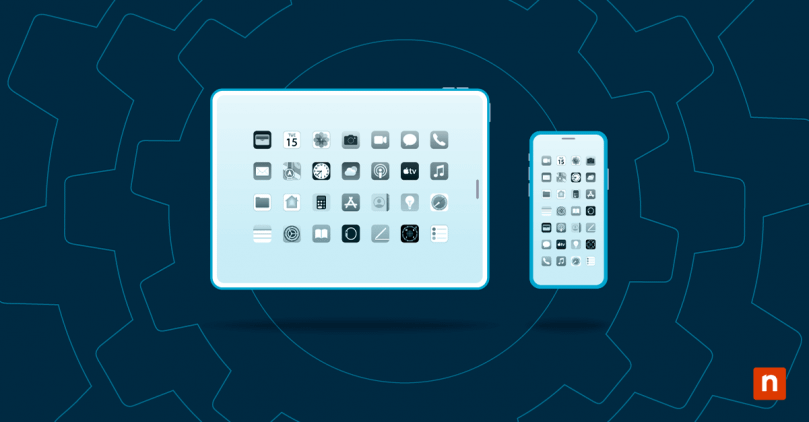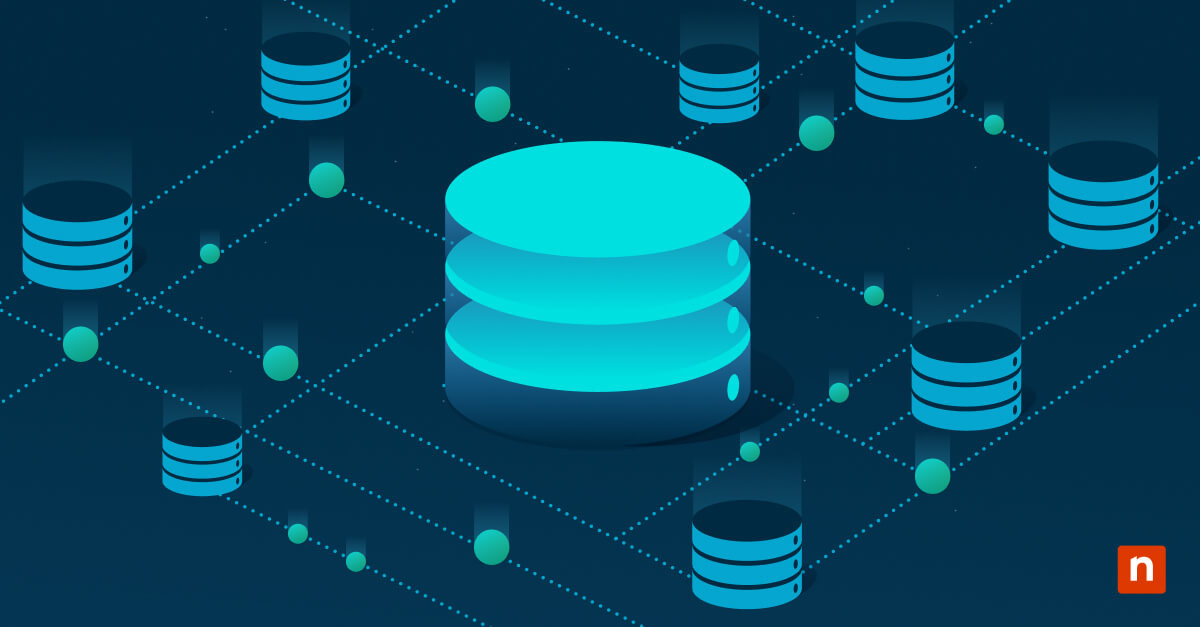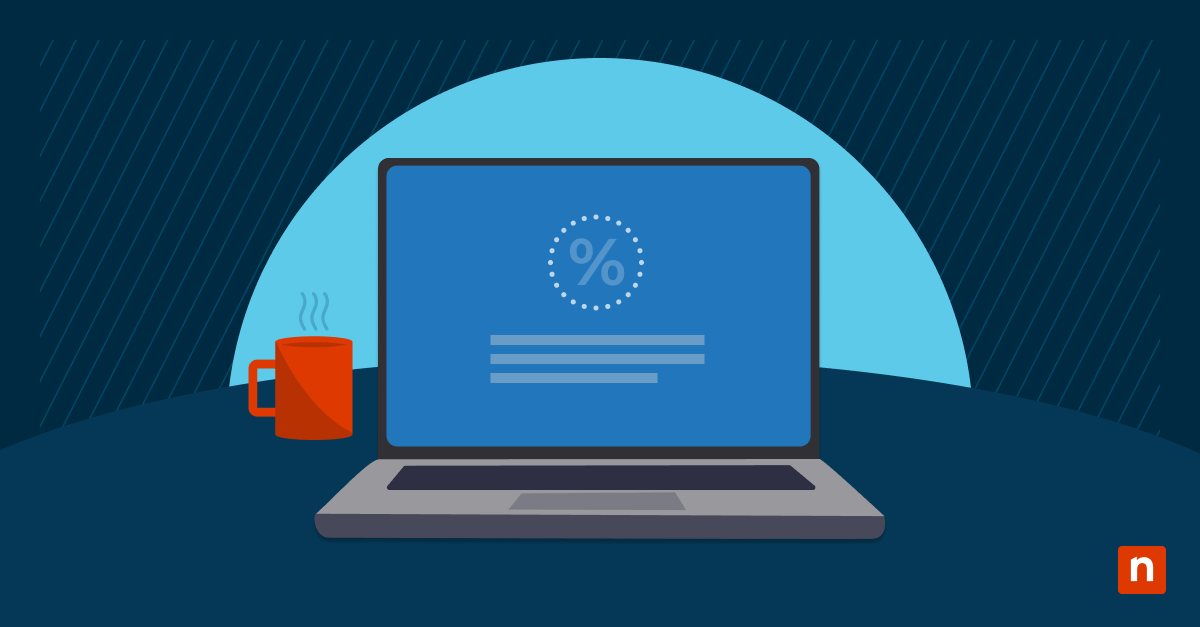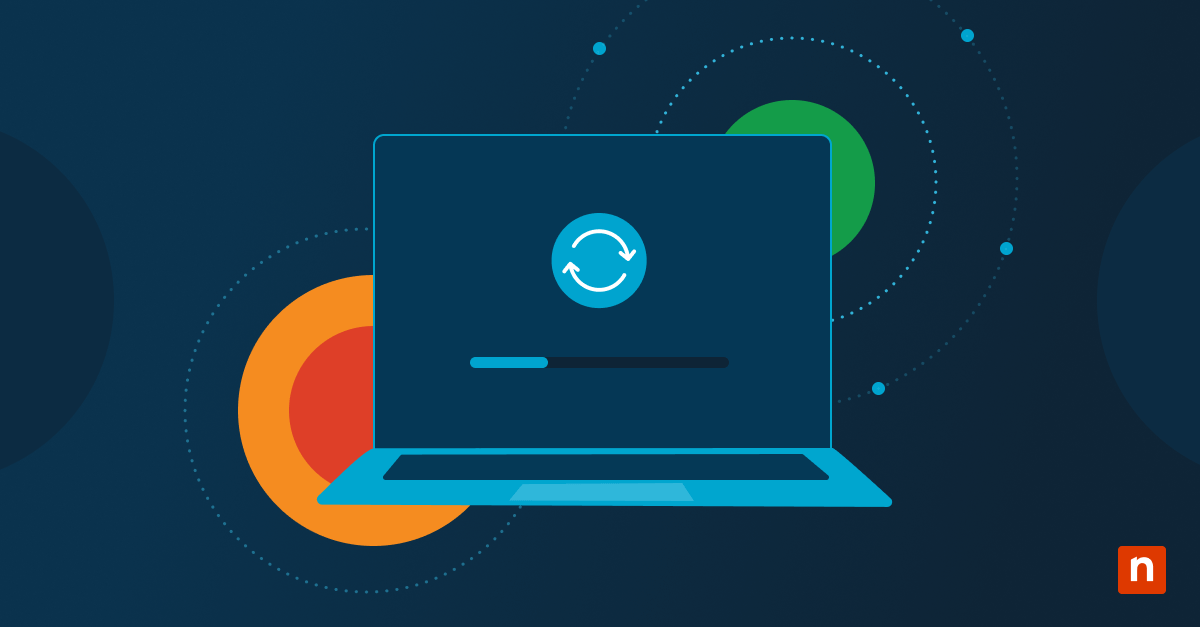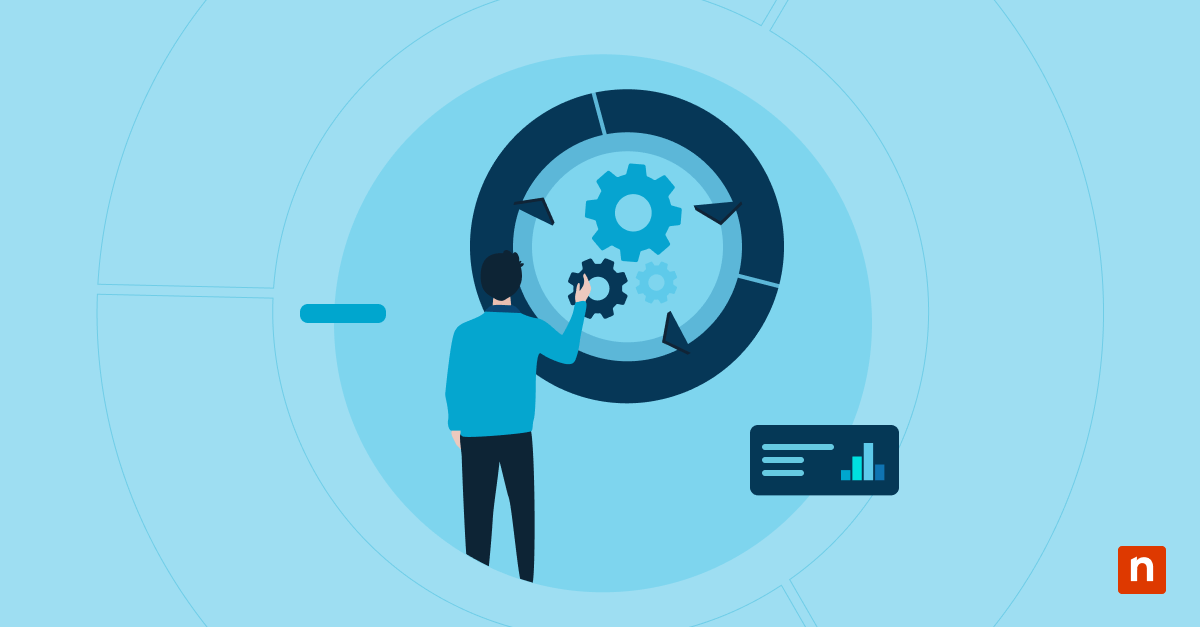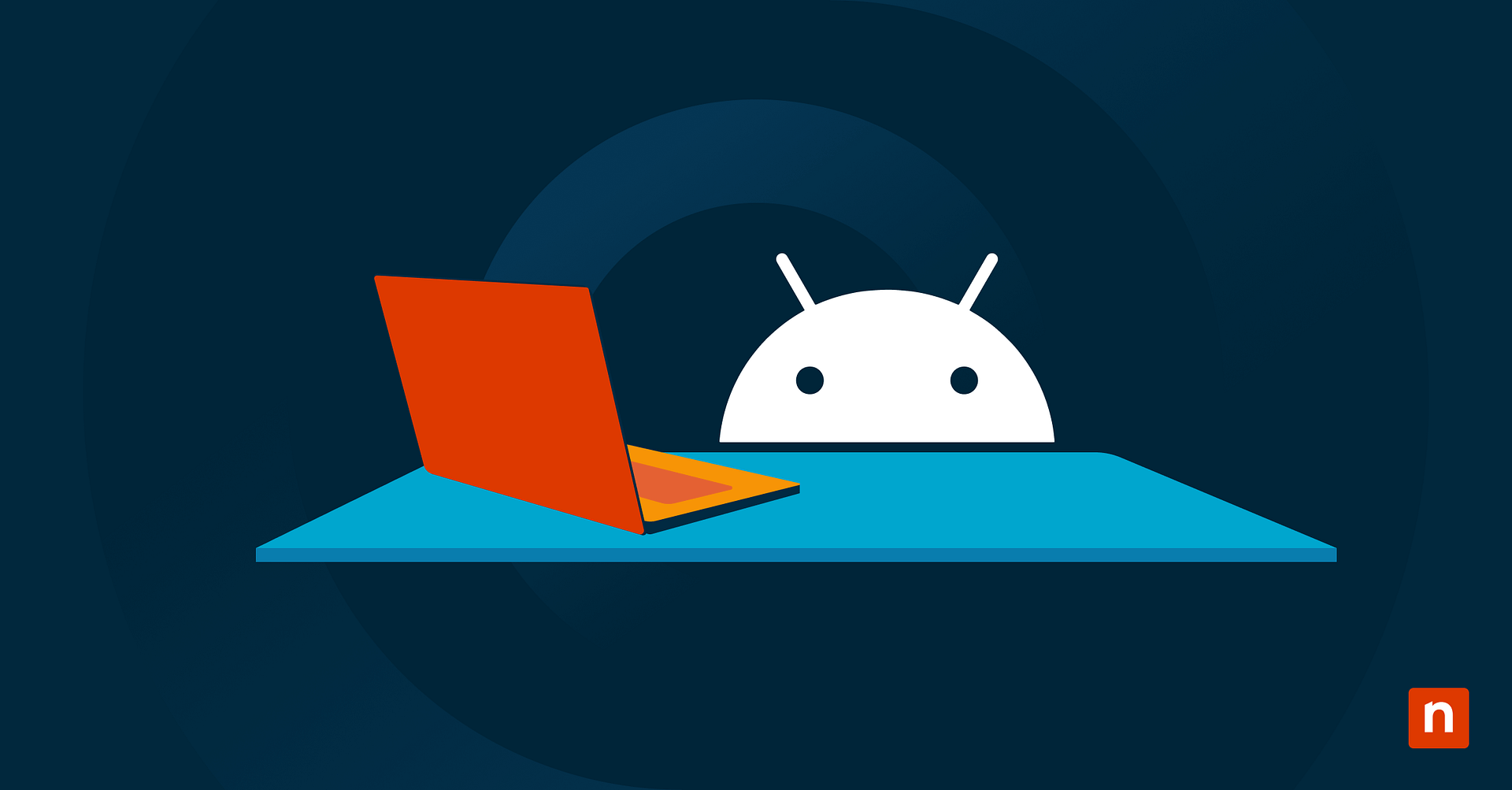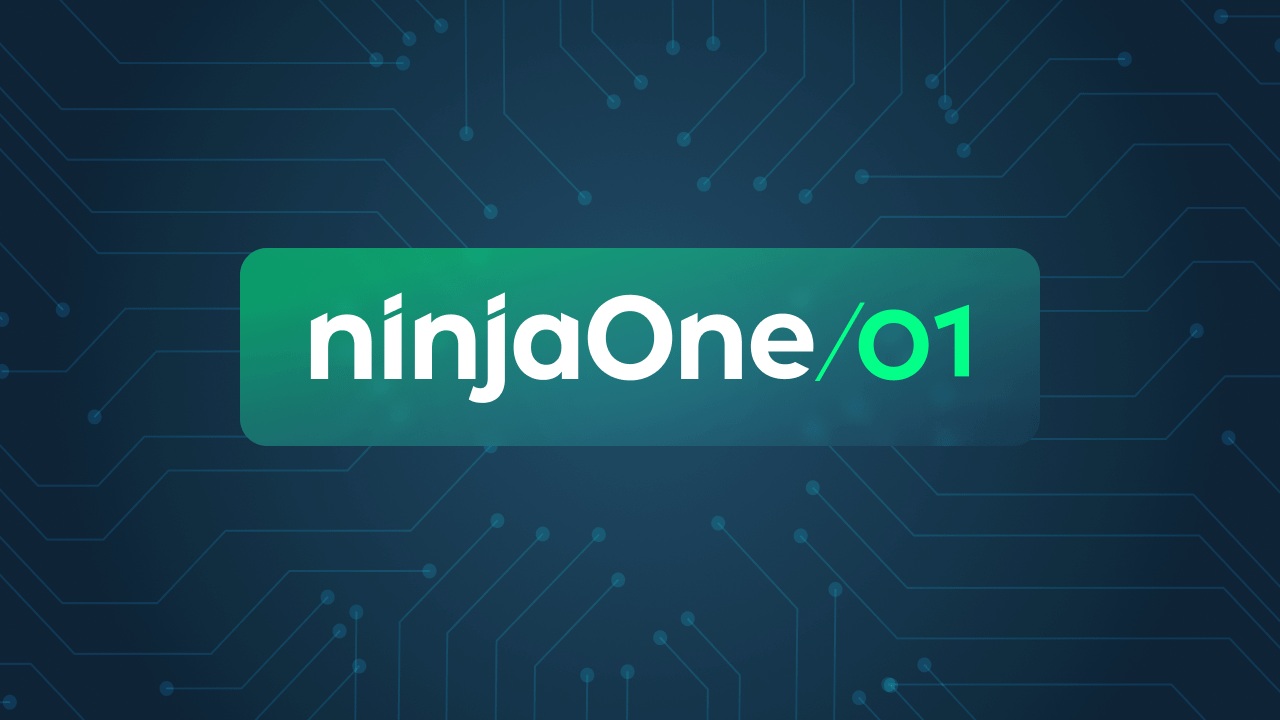iOS devices such as iPhones and iPads are increasingly prevalent in enterprise environments. As their usage grows, so does the need for effective mobile device management. Managing iOS devices is crucial for ensuring security, protecting sensitive data, and maintaining IT compliance with regulatory requirements.
With the right management practices, organizations can ensure that iOS devices contribute to productivity while minimizing security vulnerabilities. Effective device management enables IT teams to control device settings, enforce security measures, and support users, all while minimizing risks to the organization.
In this article, we’ll discuss the basics of iOS device management profiles, elaborate on some best practices, tools and strategies for configuring and deploying these profiles, and explain why your business needs MDM.
Conveniently manage all your mobile devices with a robust and easy-to-use MDM solution.
Schedule your 14-day free trial with NinjaOne today.
What is iOS device management?
iOS device management, as with any mobile device management strategy, refers to the comprehensive process of overseeing and controlling Apple devices within an organization. This involves configuring settings, enforcing security measures, deploying apps, and ensuring compliance with organizational policies.
The primary goal is to ensure that all devices function efficiently and securely while also providing a seamless user experience. Managing iOS devices requires tools that enable IT administrators to configure and monitor them remotely, ensuring they are always auditable and compliant with organizational standards.
Key components of iOS device management
The core components of iOS device management include:
- Profiles: XML-based files that define specific settings and restrictions for devices. They can be used to control various aspects of the device, such as network configurations or app permissions.
- Device configurations: These are the specific settings applied to iOS devices to ensure they operate within the organization’s parameters. Configurations can include Wi-Fi settings, VPN setups, and security protocols.
- MDM solutions: These platforms centralize device management, allowing administrators to remotely monitor and control device settings, app installations, and compliance with security policies. By using MDM solutions, organizations can streamline the management of multiple devices and ensure consistency across their fleet.
Profiles in iOS device management
Profiles work by being installed on iOS devices, where they automatically configure the device’s settings according to the organization’s requirements. For example, a configuration profile can enforce security settings, such as requiring a passcode or restricting access to certain features. These profiles can be deployed remotely through top MDM tools, ensuring that devices are consistently managed without requiring physical access to each one.
Types of profiles
Profiles are crucial in iOS device management, and they come in two primary forms: configuration profiles and provisioning profiles.
- Configuration profiles: These profiles apply specific settings to devices, such as Wi-Fi configurations, VPN settings, and security policies. They help ensure that devices are aligned with organizational standards.
- Provisioning profiles: These profiles are essential for app development and deployment. They authorize apps to run on specific devices within an organization and ensure that only approved apps can be installed and used on managed devices.
Creating and deploying profiles
Creating and deploying profiles in iOS device management requires careful planning and tool knowledge. Administrators must first identify necessary configurations, such as security settings or network requirements, and then create profiles using tools like Apple Configurator or an MDM platform.
Manual deployment may suffice for smaller environments, but larger organizations benefit from MDM platforms, which allow remote profile deployment. Testing profiles on a small scale before full deployment ensures compatibility and prevents conflicts. A measured approach helps avoid disruptions and ensures a smooth rollout across devices.
Device management tools for iOS
MDM solutions for iOS are varied, but a few stand out due to their reliability and feature sets, particularly when managing iOS devices. Below are some of the most popular options:
- NinjaOne: Officially launched this year, NinjaOne MDM is already making waves for helping IT organizations reduce cost and complexity by enabling the management of Android and Apple mobile devices alongside their Windows, macOS, and Linux endpoints in a single pane of glass.
- Jamf: Known for its deep integration with Apple products, Jamf is a top choice for organizations heavily invested in the Apple ecosystem. It offers tools for both the education and enterprise sectors. Read a more in-depth analysis of Jamf alternatives here.
- Kandji: Highly regarded among Apple sysadmins, cloud-based Kandji was designed for Apple devices. The platform offers automated security and easy profile creation and is ideal for Apple-focused organizations. Read a more in-depth analysis of Kandji alternatives here.
- Mosyle: Popular in enterprise and especially educational settings. Provides comprehensive Apple device management with automation, zero-touch deployment, and real-time monitoring. Read a more in-depth analysis of Mosyle alternatives here.
- Microsoft Intune: A key player in the MDM space, Intune integrates seamlessly with the Microsoft ecosystem, offering unified management for both iOS and Windows devices in heterogeneous environments. Read a more in-depth analysis of Microsoft Intune alternatives here.
These solutions are highly regarded for their ability to provide centralized management, making the administration of iOS devices more efficient and secure.
Expert tip: Still looking for other options? We’ve written a comprehensive list of the best MDM solutions in 2024.
Key features of MDM solutions
There are six features every mobile device management software needs. Let’s look at some of them:
- Remote configuration: Allows administrators to apply and enforce settings on devices without physical access, ensuring consistency across all devices.
- Security enforcement: Enforces critical security policies, such as encryption, password protection, and remote wipe capabilities, to protect sensitive data. This should be informed by your overall mobile device security strategy.
- App management: Provides the ability to deploy, update, and manage applications remotely, ensuring that users have the necessary tools without compromising security.
These features enable organizations to maintain control over their devices, ensuring security and compliance while also streamlining device management tasks.
Expert tip: Want to learn more? We’ve written an e-book on the Dos and Dont’s of MDM.
Selecting the right MDM tool
Choosing the right MDM solution depends on your organization’s needs. Small businesses with fewer devices may prioritize simplicity and cost-effectiveness, favoring solutions that offer essential features at a lower price point. In contrast, larger organizations with more complex requirements may require advanced security features and scalability.
When selecting an MDM tool, consider your organization’s size and growth potential. If you anticipate scaling operations, choose a solution that can grow with you. Also, assess your security needs, especially if you operate in a regulated industry like healthcare or finance, where robust compliance features are essential. Finally, it’s wise to research how much MDM software costs and see how your intended solution aligns with your current IT budget.
NinjaOne’s MDM essential guide helps you select the best solution for your IT enterprise.
Configuring and deploying profiles
By following a structured approach, you can ensure that your devices are configured correctly and efficiently. To configure profiles for iOS devices, follow these steps:
- Identify configurations: Determine the settings and policies that need to be enforced, such as Wi-Fi, VPN, and security configurations.
- Create profiles: Use Apple Configurator or an MDM platform to create the profiles, defining the necessary settings and restrictions.
- Test profiles: Before deploying broadly, test the profiles on a small group of devices to ensure they function as expected.
- Deploy profiles: Once validated, deploy the profiles remotely using your MDM platform to ensure consistent configurations across all devices.
Effective profile deployment requires both technical execution and strategic planning. Staggered deployment allows for monitoring and addressing issues before they impact the organization, while clear communication with users reduces resistance and ensures smoother transitions.
Common challenges include profile conflicts and deployment failures due to connectivity issues or misconfigurations. To mitigate these, review profiles for compatibility, check network connections, and ensure correct settings. Having a support plan is crucial for assisting users during deployment, addressing any issues that may arise.
Benefits of using MDM for iOS devices
- Enhanced security and compliance: MDM platforms enforce security policies, protect against threats with encryption, password policies, and remote wipe capabilities, and help maintain compliance with regulations like GDPR and HIPAA.
- Streamlined device management: MDM centralizes configuration, monitoring, and control, simplifying tasks like app deployment, updates, and troubleshooting, reducing downtime, and improving operational efficiency.
- Improved productivity and user experience: MDM automates device setup and pre-configuration, allowing users to start working quickly without manual setup.
- Continuous monitoring and remote support: MDM enables IT administrators to resolve issues remotely, minimizing in-person support needs and reducing workflow disruptions.
Expert tip: We’ve released an on-demand webinar on the benefits of MDM for MSPs. Feel free to check it out to learn about other advantages of implementing this solution in your organization.
Case study
Ernie Turner, Director of IT of Vector, replaced 10-15 tools with NinjaOne endpoint management and MDM solution. By having an all-in-one and integrated software, Turner was able to save 40 to 50 hours per month in redundant processes and focus on more strategic projects.
“NinjaOne MDM helps keep track of any enrolled mobile device and ensures compliance. It gives me peace of mind,” Turner muses. “If a tablet goes missing, I can quickly lock it down or wipe it clean. Continuing to have our tools in a single pane saves my technicians time.”
Read more NinjaOne customer stories.
How NinjaOne strengthens iOS device management
NinjaOne’s MDM for iOS is your smarter choice for mobile management, providing your IT team with the tools to efficiently and seamlessly monitor, manage, and secure your entire iOS fleet. An all-in-one platform, NinjaOne MDM supports both company-owned and BYOD iOS devices, ensuring seamless integration into the corporate environment.
If you’re ready, request a free quote, sign up for a 14-day free trial, or watch a demo.
Frequently Asked Questions (FAQs)
1. What is a device management profile?
Apple uses the term “device management profile” to describe a centrally managed and distributed “blueprint” for iOS devices such as iPhones and iPads. This blueprint can perform various functions, such as restricting settings, behavior, and content.
2. Why use device management profile for iOS devices?
The most obvious advantage of having a device management profile is that it can make managing your iOS mobile fleet much easier. From restricting specific apps and websites in iOS devices to monitoring BYOD devices to ensuring compliance, device management profiles are increasingly becoming necessary for hybrid workforces.
3. Is device management profile the same as MDM?
No, but they share similarities. MDM is a higher-level software tool that allows you to manage multiple endpoints across various operating systems, including iOS. As discussed earlier, device management profiles offer a moderate range of remote actions for iOS devices.
4. Do I need MDM to use device management profiles?
Technically, you do not need an iOS MDM to distribute device management profiles, as you can use the Apple Configurator tool. However, this isn’t ideal, as you would need physical access to an iOS device to update its profile. Additionally, the Apple Configurator does not provide the same centralized visibility into your mobile fleet as an MDM tool.

